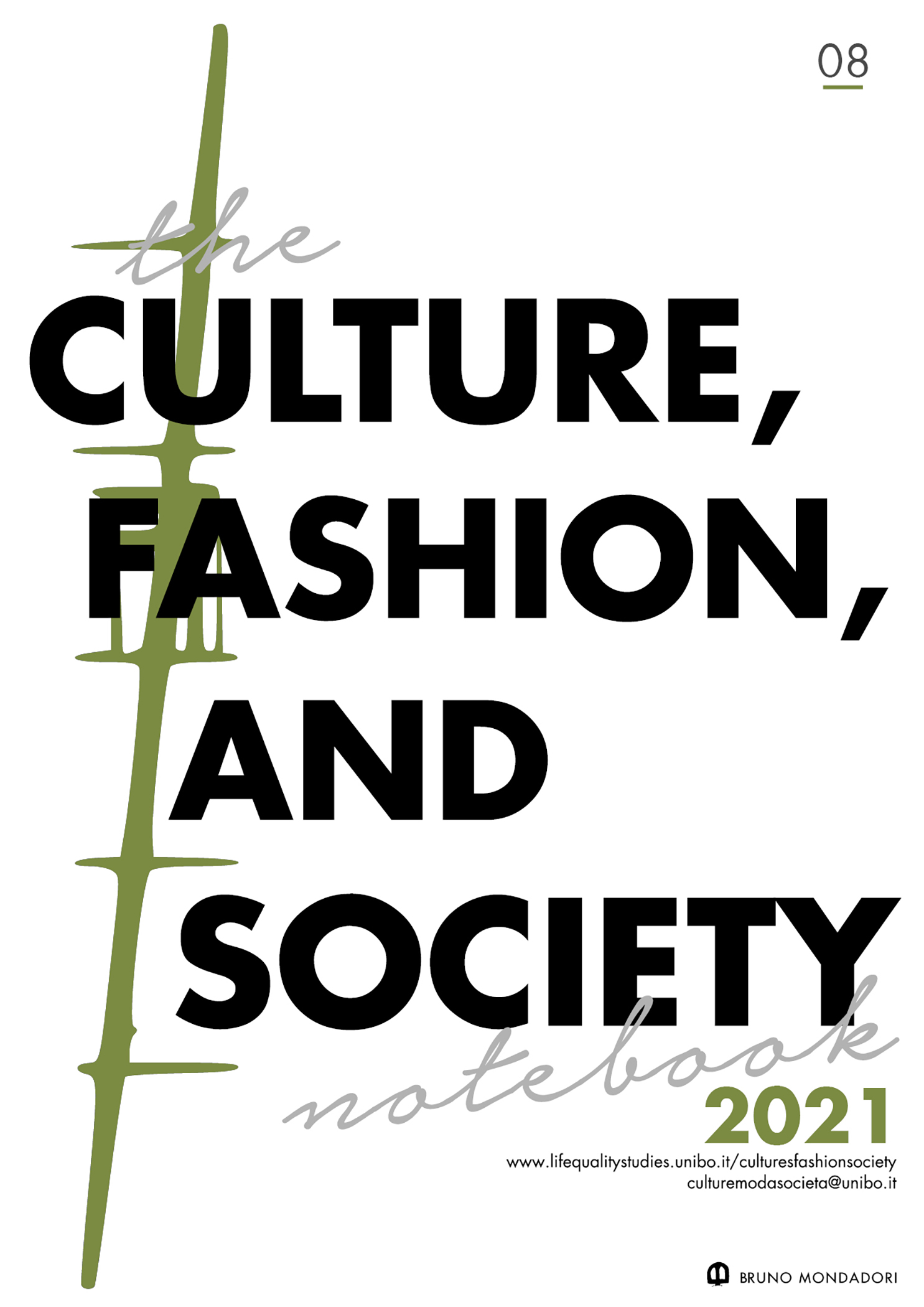Description
In public Candomblé rites and practices, initiates use paramentos while dancing in a trance, which underlie divine archetypes and have been documented by several authors. While these studies are sources for producing paramentos, establishing aesthetic patterns, some changes are evident. In this context, this paper correlates the paramentos, different sets of jewellery and insignias used to represent the òrìṣà, to the concept of fashion. In analysing the paramentos used from the second half of the 20th century until today by the Candomblés Kétu-Nagô in the city of São Paulo, I found variations in materials, shapes and prints. Such changes reflect: the decades in which these paramentos were used; who was the priest or priestess of these Candomblés; the technology of the materials in São Paulo; the exchange of information and imports from Africa; the economic context; and the development of an atelier. Using photographs, interviews and reference literature, I discuss two dichotomies: a) following a traditional style of paramentos or seeking more contemporary adaptations;
and b) following the collective aesthetic standard established by Candomblé houses or aiming for an originality that is ewà, beautiful. From this search for renewal and the social language of clothing,
I show how the jewellery that adorns African gods can also be influenced by fashion systems.




